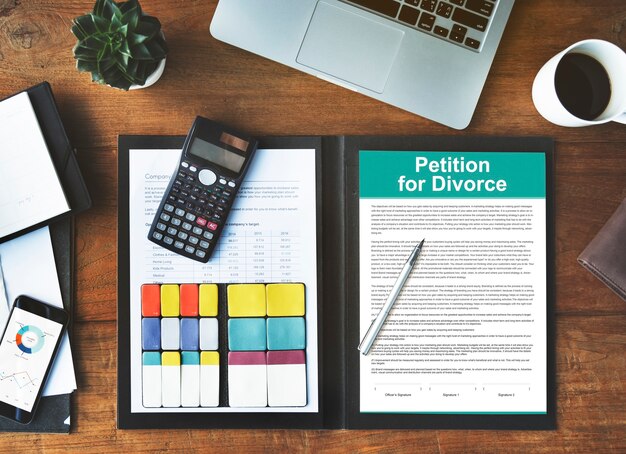

Step 3: Figure Out How Much You Will Need
This third step towards financial independence is crucial. Without knowing how much money you need, you can’t determine when you can stop working and start enjoying your independent lifestyle.
I have a cousin who works in finance. He has three kids and enjoys a great lifestyle with a big house, cars, and private schools for his children. They travel abroad and never cut corners on anything. Despite all this, he’s not an extravagant spender. He always thought he could retire by 40 and live off his investments. But he won’t do it because he’s always busy and his living expenses have grown since he made that plan.
So, how much do you need to live each month? I did the math for myself. I aim to live a simple life in the countryside in a paid-off house. In rural France, fixer-uppers are quite affordable. I could get a house for about $50,000 and start fixing it up, growing a garden, and needing about $1,000 a month to live. In this scenario, I’d need $50,000 for the house and $750,000 for living expenses to last me until I’m 95, at $1,000 per month.
Alternatively, I could generate that $1,000 monthly through rental income or investments. My calculations aren’t entirely accurate because, in France, retirees get about $500 from the government, plus free healthcare. But if I live abroad, I might not get those benefits.
Generating $1,000 a month isn’t too hard. I have a rental property that will bring in this amount once my loan is paid off (I took an additional loan on top of the mortgage). It will yield even more after 28 years when the mortgage is fully paid.
I’d also want an emergency fund to cover 2-3 years of living expenses, which would be $30,000. This fund would be for real emergencies, like health issues or major house repairs. If my plan fails, I’d use it to live on until I can go back to work—though I’m hoping that won’t happen.
The good news is I’m almost set with my rental property. If I had that money saved, with a conservative 4% growth on my investments, I could probably withdraw 2% a year to adjust for inflation and keep the other 2% for emergencies. That means I’d need $600,000. I don’t have that amount in the bank yet, so I’ll keep looking for ways to generate passive income from my current assets and new ideas.
The amount you’ll need to live comfortably for the rest of your life could be much more or much less than what I need. For instance, Jacob from Early Retirement Extreme lives on $7,000 a year, including health insurance in the US, but as his blog suggests, he takes things to the extreme.
You might have kids, college funds to consider, or a partner who isn’t keen on living in a smaller house in the countryside. Still, crunch your numbers. You might be surprised at how low they can be.
With a job, living on $1,000 a month wouldn’t work for me. I’d need to dress well, probably have a car for commuting, fill the gas tank, socialize with colleagues, sometimes buy them gifts, and live closer to my job, which for me would mean living in Paris with its high cost of living. Without these expenses, I can live much cheaper and freely without sacrificing much.





